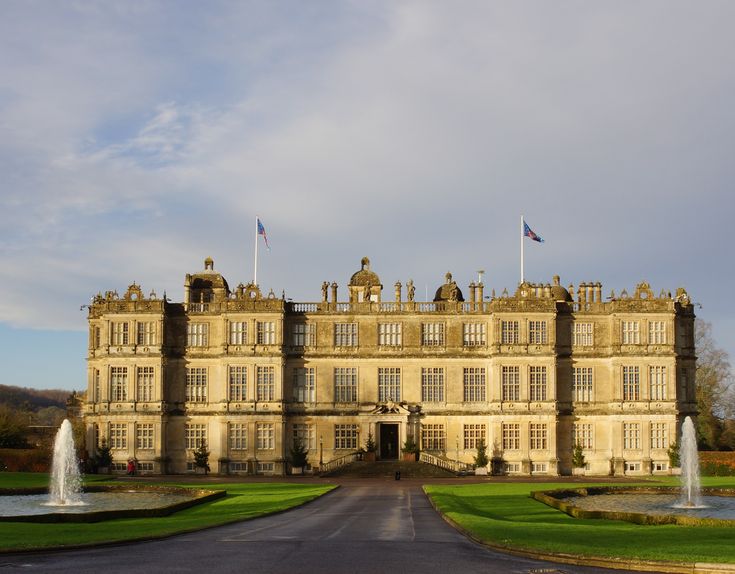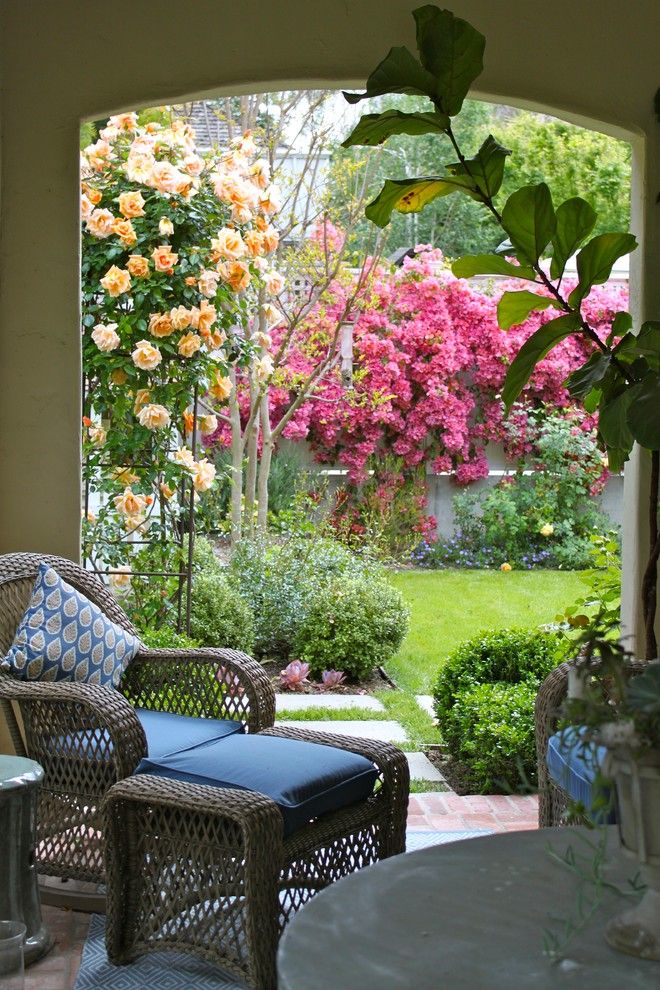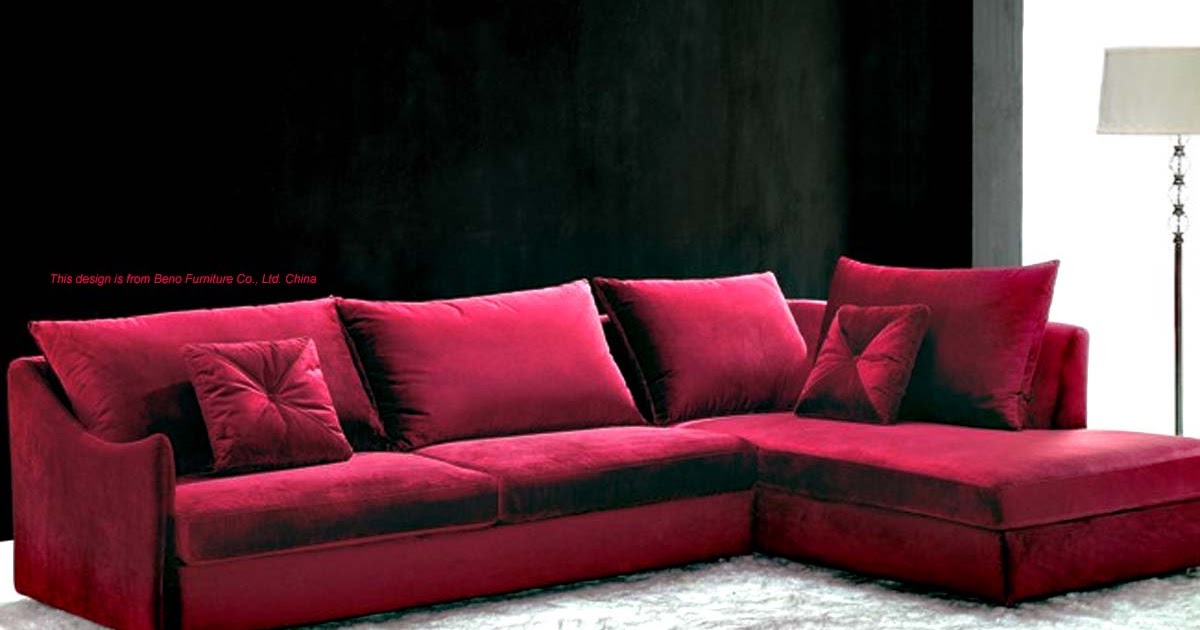Great british houses
magnificent manor houses & mansions
We’ve toured the British Isles to bring you 25 of Britain’s best stately homes, from the World Heritage Site of Blenheim Palace to the ‘real’ Downton Abbey, Highclere Castle…
The number of heritage buildings still standing proudly across our land never fails to amaze us. Most of Britain’s best stately homes have hosted kings and queens, prime ministers, actors and poets – all manner of illustrious guests.
Here are some of Britain’s best stately homes, from examples of architectural brilliance to places that hide unbelievable stories. So read on, enjoy, and start planning your next trip.
1. Blenheim Palace, Oxfordshire
When listing Britain’s best stately homes, we simply had to mention Blenheim, the sprawling Oxfordshire estate that was built for John Churchill, 1st Duke of Marlborough. The palace was built on land gifted to Churchill by Queen Anne. Anne also awarded him £240,000 for his victory over the French in the War of the Spanish Succession.
It was at Blenheim almost two centuries later that one of the duke’s descendants, Sir Winston Churchill, was born. The future prime minister even chose to propose to Clementine Hozier here, by the Temple of Diana, in 1908.
The house – the only non-royal or non-episcopal country house in England to be called a palace – is a masterpiece of English Baroque architecture. Designed by Sir John Vanbrugh and Nicholas Hawksmoor, it includes many beautiful features, such as the painted ceiling in the Saloon.
However, Blenheim’s 2,000 acres of gardens – one of the most exquisite works of 18th-century landscape architect Lancelot ‘Capability’ Brown – are what really make it special. It’s small wonder UNESCO declared it a World Heritage Site in 1987.
2. Highclere Castle, West Berkshire
With the second Downton Abbey film recently gracing our screens, surely it’s time to revisit the glorious Berkshire ancestral home that has formed the backdrop to so many scenes of the Crawley family and their household.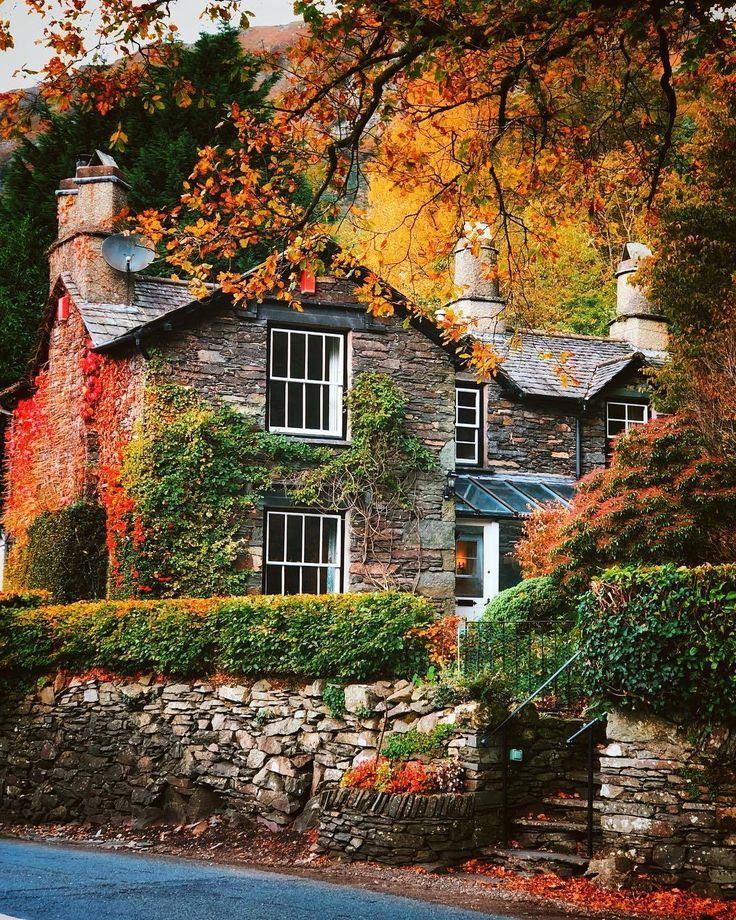
Certainly one of Britain’s best stately homes, The ‘real’ Downton Abbey, Highclere Castle, is the family seat of the Earls of Carnarvon. It was the current countess, Lady Carnarvon, a close friend of Downton Abbey writer Julian Fellowes, who saw the value in opening the house up to the period drama that has revived the estate’s fortunes.
Although Highclere has been in the hands of the Carnarvon family since 1679, (and its gardens were also designed by Capability Brown), the current house was remodelled in the Jacobean style in 1838 for the 3rd Earl of Carnarvon by Sir Charles Barry, the man who famously rebuilt the Palace of Westminster.
Highclere Castle became the focus of a media circus in 1922 when the 5th Earl discovered the Tomb of Tutankhamun. The earl died shortly after the discovery, leading to the story of the ‘Curse of Tutankhamun’. However the earl’s death could be explained by blood poisoning from an infected mosquito bite.
3. Chatsworth, Derbyshire
Few English estates draw such delight as this one in the heart of the Peak District. Chatsworth is known to many as Pemberley in the 2005 film adaptation of Pride and Prejudice, starring Keira Knightley. Eagle-eyed viewers may also remember it from another Knightley film, The Duchess.
Chatsworth is known to many as Pemberley in the 2005 film adaptation of Pride and Prejudice, starring Keira Knightley. Eagle-eyed viewers may also remember it from another Knightley film, The Duchess.
Chatsworth has been the seat of the Dukes of Devonshire since 1549 and has passed through the hands of 16 generations of the Cavendish family.
The house is famed for its art collection, which spans four centuries, but its state apartments, overhauled to accommodate a visit from King William III and Queen Mary II that never actually happened, are extraordinary.
4. Hardwick Hall, Derbyshire
Hardwick Hall, more glass than wall. Credit: Eleanor Scriven/Robert Harding World Imagery/CorbisBess of Hardwick was one of the most influential figures in Elizabethan times – she was second in wealth only to Queen Elizabeth I – and Hardwick Hall was one of her homes.
It is a magnificent example of a prodigy house – showy properties built to house the queen on her annual progresses.
The plentiful windows – an extravagance as glass was expensive – led to the rhyme, ‘Hardwick Hall, more glass than wall.’
5. Wentworth Woodhouse, South Yorkshire
The East Front of Wentworth Woodhouse, the longest country house frontage in England. Credit: Leo RosserAlamyThe largest private residence in Europe, Wentworth is twice the width of Buckingham Palace. This 18th-century mansion has recently been bought and will undergo £40m of restoration work over the next 20 years.
It was once the home of Charles I’s ill-fated administrator, Thomas Wentworth, 1st Earl of Strafford. Wentworth was tried and beheaded for treason in 1641. The house also hosted a visit by King George V and Queen Mary in 1912.
6. Lacock Abbey, Wiltshire
The Cloisters at Lacock Abbey, Wiltshire. Credit: National Trust Images/Mark BoltonThis quirky country house, near the historic town of Lacock, was built on a former nunnery and represented the ‘real’ Wolf Hall, the family seat of the Seymours, in the recent TV adaptation of Hilary Mantel’s novels.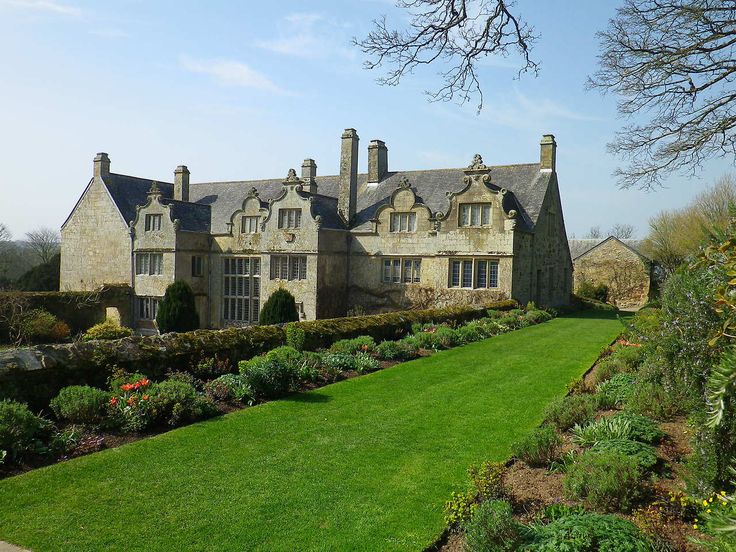
Scenes depicting King Henry VIII’s bedroom and his lodgings at Calais were also filmed here. In real life, Henry sold Lacock to one of his courtiers, Sir William Sharington, following the Dissolution of the Monasteries. It is now in the care of the National Trust.
7. Stonor, Oxfordshire
Edmund Campion printed his famous Decem Rationes at StonorAlthough it is one of our oldest manor houses, Stonor is also one of our lesser-known stately homes, despite the fact that one of the most significant religious events in British history took place here.
In 1581 Edmund Campion hid in the roof space while he printed 400 copies of his famous treatise, Decem Rationes, arguing for Catholicism. However, he was soon caught and tortured before being hung, drawn and quartered.
The house is open at select times from April to September and holds a rare copy of the Decem Rationes.
8. Castle Howard, North Yorkshire
It took over 100 years to build Yorkshire’s castle HowardSo ambitious was the vision for Castle Howard, the private residence of the Howard family for more than 300 years, that the Baroque building took over 100 years to complete.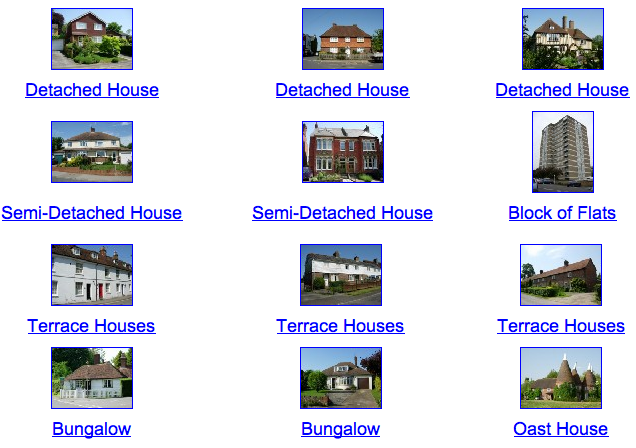 The result was astounding, though, with two symmetrical wings and a central dome.
The result was astounding, though, with two symmetrical wings and a central dome.
Although much of Castle Howard was devastated by fire in the 1940s, over the years many rooms have been restored. However, when the house was used as the backdrop for the film version of Evelyn Waugh’s Brideshead Revisited in 2008, parts were superficially restored and the East Wing remains a shell.
9. Crag Hall, Derbyshire
You can hire out the whole of Crag HallUntil recently this sandstone Georgian country house with views over Peak District National Park was the private shooting lodge and holiday home of the Earl and Countess of Derby, but now you can hire it for your own gathering.
Located amid historic royal hunting ground, this 12-bedroomed property can accommodate up to 21 guests. A perfect set-up for living out your Downton Abbey fantasies.
10. Kenwood House, London
The newly restored library at Kenwood House. Credit: English Heritage/Patricia PayneHidden in London’s Hampstead Heath, Kenwood House is a Robert Adam’s house, remodelled by the architect in 1764 to include a new entrance, attic-storey bedrooms and one of his most famous interiors – the Great Library, which was restored to its original colours during a major restoration project in 2013.
The grounds are home to ancient woodland and landscaped gardens, probably designed by Humphry Repton, and feature sculptures from the likes of Barbara Hepworth and Henry Moore.
11. Lyme Park, Cheshire
The Dining Room at Lyme Park. Credit: National Trust Images/Andreas von EinsiedelBest known for its starring role as Mr Darcy’s Pemberley in the 1995 BBC adaptation of Jane Austen’s Pride and Prejudice (yes, that scene when Colin Firth emerges from the lake), Lyme Park is a fine example of an Italianate palace.
Outside, the 1,300 acres are home to a medieval herd of red and fallow deer, while inside you’ll find an incredible collection of English clocks and the famous Mortlake tapestries. The Edwardian era was when Lyme Park was in its heyday and the house is a time capsule of that period.
12. Buscot Park, Oxfordshire
Buscot Park is home to the impressive paintings of the Farringdon Collection. Credit: The National Trust Photolibrary/AlamyThis stately home was built in the Renaissance Revival style of architecture between 1779 and 1783 for Edward Loveden Townsend. Buscot also houses the Farringdon Collection, with paintings by Rembrandt, Reynolds, Rubens and Van Dyck.
Buscot also houses the Farringdon Collection, with paintings by Rembrandt, Reynolds, Rubens and Van Dyck.
13. Great Chalfield Manor and Garden, Wiltshire
15th-century Great Chalfield Manor, Wiltshire. Credit: National Trust Images/Andrew ButlerThe stand-in for Thomas Cromwell’s home of Austin Friars in TV’s Wolf Hall, Great Chalfield is as pretty an English country house as you can imagine.
The 15th-century moated manor house is set in tranquil countryside and features a gatehouse and stunning oriel windows, all of which withstood a siege by Royalists during the English Civil War. The private residence offers guided tours, or you can book into one of Chalfield Manor’s reasonably priced gorgeous four-poster bedrooms for the night.
14. Burghley House, Lincolnshire
Burghley is one of England’s great Elizabethan houses. Credit: Andreas von Einsiedel/AlamyDescribed as ‘England’s greatest Elizabethan house’, Burghley was built and designed by William Cecil, Lord High Treasurer to Queen Elizabeth I, between 1555 and 1587. Its grounds includes 2,000 acres of Capability Brown gardens, (which were added later), and a deer park.
Its grounds includes 2,000 acres of Capability Brown gardens, (which were added later), and a deer park.
The interior is lavish and features sumptuous fabrics and carvings by Grinling Gibbons. In the Pagoda Room are portraits of Queen Elizabeth I, King Henry VIII, Oliver Cromwell and members of the Cecil family.
Some say that beneath its foundations lie the remains of the medieval settlement of Burghley, mentioned in the Domesday Book, which so far has evaded archaeologists.
15. Mount Stuart, Isle of Bute
Mount Stuart is a house of many firsts. Credit: MST and Keith HunterIt may come as a surprise that the first house in Britain to have an indoor heated swimming pool is hidden on the tiny Isle of Bute in the Firth of Clyde in Scotland, but then Mount Stuart is no ordinary place. It was also probably the first property in Scotland to have electric lighting, central heating and a passenger lift – a horse-drawn railway was needed to build the house.
The Gothic Revival building, which replaced an earlier Georgian property, is a feat of Victorian engineering.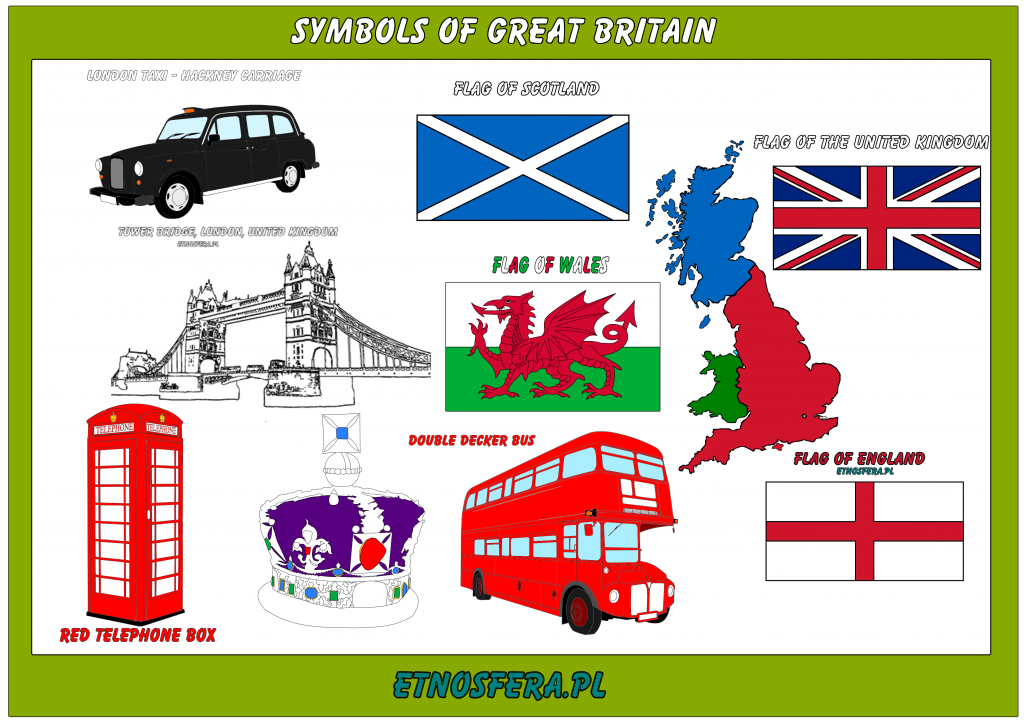 It was created for John Crichton-Stuart, 3rd Marquess of Bute – the richest man in Britain in the late 19th century.
It was created for John Crichton-Stuart, 3rd Marquess of Bute – the richest man in Britain in the late 19th century.
16. Woburn Abbey, Bedfordshire
A Stag at Woburn Abbey Safari Park. Credit: VisitEngland/Woburn Safari ParkWoburn has been in the Russell family since King Edward VI gifted it to John Russell in 1547. In 1550 John was made the first Earl of Bedford.
It’s been the family seat since the 1620s and it was turned into the English Palladian home in the 1800s. The estate first opened to the public in 1955 and its impressive art collection includes the largest private collection of Venetian views painted by Canaletto on public view and the Armada Portrait of Queen Elizabeth I.
17. Longleat House, Wiltshire
Longleat is set amid 900 acres of Capability Brown landscaped parkland. Credit: VisitBritain/Britain on ViewCompleted in 1580, Longleat is another of our great Elizabethan houses and one of Britain’s best stately homes. Set in 900 acres of Capability Brown parkland, it also has one of the largest book collections in Europe.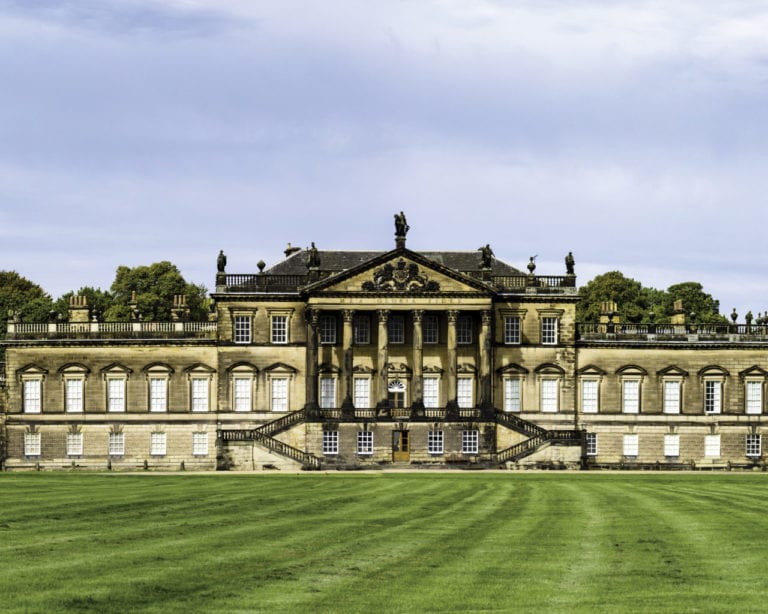 Look out for the bloodstained waistcoat of King Charles in the Great Hall – he reportedly wore it at his execution.
Look out for the bloodstained waistcoat of King Charles in the Great Hall – he reportedly wore it at his execution.
Now home to the 7th Marquess of Bath and run by his son, Viscount Weymouth, Longleat has come a long way from the property bought by MP John Thynne in 1540 for £53.
18. Llancaiach Fawr Manor, South Wales
Llancaiach Fawr Manor House was once visited by King Charles I. Credit: Keith Beeson/AlamyBuilt circa 1550 for Dafydd ap Richard, this house is a great example of a semi-fortified manor house. It’s laid out much as it would have been in 1645 when King Charles I visited. Charles must have angered the owner, Colonel Edward Prichard, as he switched allegiances to the Roundheads.
19. Luton Hoo, Bedfordshire
Luton Hoo is now a lavish hotelA house has stood at Luton Hoo since at least 1601 when Sir Robert Napier, 1st Baronet, purchased the estate. The house we see today dates from the late 18th century. At the time it was the seat of the 3rd Earl of Bute, then prime minister to King George III. Like many of Britain’s best stately homes, it too has Capability Brown designed gardens.
Like many of Britain’s best stately homes, it too has Capability Brown designed gardens.
Guests at Luton Hoo hotel can enjoy the Edwardian Belle Epoque interiors introduced by the people behind the Ritz. One highlight is the Wernher Restaurant, named after the owner who ordered the works. Over the years the estate has fulfilled many roles, including testing tanks during the Second World War.
Today it’s a fantastic place to get a taste of the English country life. Take afternoon tea or have a go at archery, much as past guests of its distinguished owners would have done.
20. Hatfield House, Hertfordshire
Hatfield House is easily accessible from LondonWithin easy reach of London, this Jacobean-style property was built for Robert Cecil, 1st Earl of Salisbury, on the site of Hatfield Palace. Cecil had exchanged Hatfield with King James I for the nearby Cecil family home of Theobalds.
Like the king, Robert Cecil wasn’t keen on the rather old-fashioned Hatfield Palace, which had been owned by King Henry VIII, and so he rebuilt it as Hatfield House.
It was here that Henry VIII’s offspring, Mary, Elizabeth and Edward played as children. Elizabeth was even supposedly told of her ascension to the throne at Hatfield.
The Marble Hall takes its name from the chequered black and white flooring where guests would have danced at balls. Guests were overlooked by the Rainbow Portrait of Queen Elizabeth I – perhaps the most colourful portrait of the Tudor era. The inscription ‘Non sine sole iris’, meaning ‘no rainbow without the sun’, reminds viewers that only the queen’s wisdom can ensure peace and prosperity.
21. Norton Conyers, North Yorkshire
Did Norton Conyers provide inspiration for Jane Eyre’s woman in the attic?It is one of the most enduring images in English literature: the mad woman locked away in the attic. And it was at Norton Conyers that Charlotte Brontë is said to have taken inspiration for her novel, Jane Eyre.
Charlotte Brontë visited the medieval house in 1839, before she wrote her seminal novel. Could it be mere coincidence that Norton Conyers has its own legend of a woman hidden in an attic? The discovery of a blocked staircase in 2004, much like the one in the novel, seemed to confirm the theory. The house has recently been restored and reopened to the public on a few select days each year, and is most definitely one of Britain’s best stately homes.
Could it be mere coincidence that Norton Conyers has its own legend of a woman hidden in an attic? The discovery of a blocked staircase in 2004, much like the one in the novel, seemed to confirm the theory. The house has recently been restored and reopened to the public on a few select days each year, and is most definitely one of Britain’s best stately homes.
22. Blickling Hall, Norfolk
The South Drawing Room at Blickling Hall. Credit: National Trust Images/Nadia MackenzieWas this red brick mansion built on the site of the birthplace of Anne Boleyn? The house was built on the ruins of the former Boleyn home during the reign of King James I. Anne’s parents lived here from 1499 to 1505, so if Anne was indeed born in 1501 then it’s highly probable.
On the staircase of the Great Hall there are reliefs of Anne and her daughter, Queen Elizabeth I. Anne’s ghost is also said to appear carrying her severed head every year on the anniversary of her execution. The South Drawing Room, with its Jacobean-style chimneypiece and ceiling, is also highly impressive.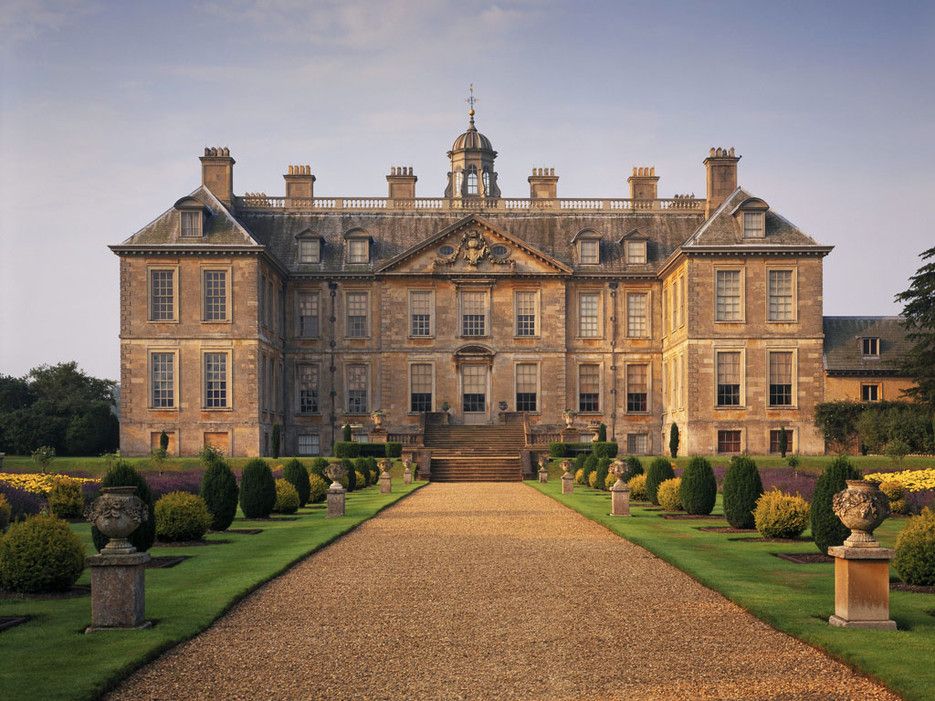
23. Montacute House, Somerset
Montacute House. Credit: National Trust Images/Stuart CoxThis late Elizabethan house was Greenwich Palace in TV’s Wolf Hall and is considered a masterpiece of Renaissance architecture. The house’s biggest draw by far is its Long Gallery, the longest of its kind in England. Montacute’s Long Gallery displays over 60 Tudor and Elizabethan portraits loaned to the house by the National Portrait Gallery.
24. Sudeley Castle, Gloucestershire
Sudeley Castle is the final resting place of Catherine Parr. Credit: VisitBritain/Britain on ViewThe final resting place of King Henry VIII’s last wife, Catherine Parr, this beautiful private castle is perhaps as well known for its colourful gardens as its restored Tudor buildings.
Situated in the heart of the Cotswolds, in an Area of Outstanding Natural Beauty, just a few miles from Broadway, Sudeley lay in ruin for almost 200 years following the English Civil War when Cromwell ordered its ‘slighting’, until an ambitious restoration project began in 1837.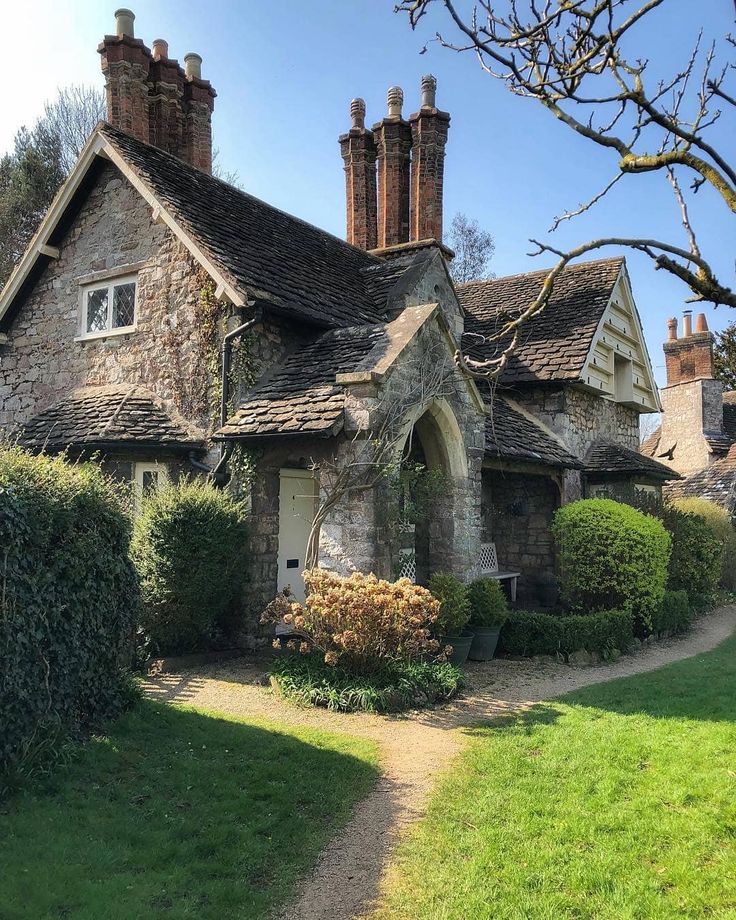
25. Somerleyton Hall, Suffolk
Somerleyton Hall is open to the public from April to SeptemberThis gorgeous Tudor palace opens to the public from April to September. It grounds feature one of Britain’s finest yew hedge mazes and a 70ft-long pergola, and it is deservedly on the list of Britain’s best stately homes.
Read more:
Romantic retreats in Britain
Warrior queens of England
British book settings you can visit
23 Stunning English Manor Houses
Manor houses, mansions, stately homes and large country estates flourish in the English countryside. I’ve been watching the new Netflix series “Bridgerton” and have vicariously enjoyed seeing some of England’s grandest manor houses standing in for the various stately homes found in the show.
England used to be home to absolutely thousands of these grand estates. At one point in time English manor houses numbered over 5000 in the 19th century but today sadly only around 3000 remain. Of these 3000 many have been turned into tourist attractions as the cost of running such a large estate is pretty prohibitive these days.
At one point in time English manor houses numbered over 5000 in the 19th century but today sadly only around 3000 remain. Of these 3000 many have been turned into tourist attractions as the cost of running such a large estate is pretty prohibitive these days.
Since many of these manor houses are “listed” building that means that upkeep is exponentially more expensive due to the standards that must be maintained.
Many British “stately homes” used to be Abbeys. Between 1536 and 1541, King Henry VIII disbanded all the monasteries and sold them off to wealthy landowners. Some converted them to homes. Others liked the land and pulled them down to use the stones to build new homes
Table Of Contents
- 23 Magnificent English Manor Houses
- What are “listed” English Manor Houses?
- How does listing affect owners?
- What makes a house a Manor?
- What is the difference between a Palace and a Castle?
- What to expect when visiting English stately homes?
- 23 English country houses to visit
- Bletchley Manor – Milton Keynes
- Snowshill Manor – Cotswolds
- Kingston Lacy – Dorset
- Stoneleigh Manor – Warwickshire
- Haddon Hall – Bakewell
- Stonor Manor – Berkshire
- Polesden Lacey – Surrey
- Wollaton Hall – Nottingham
- Burghley House – Lincolnshire
- Chartwell House – Kent
- Lydiard House – Swindon
- Cowley Manor – Cotswolds
- Beningbrough Hall – York
- Palace House – New Forest
- Waddesdon Manor – Buckinghamshire
- Hinton Ampner – Winchester
- Chatsworth House – Derbyshire
- Stately Homes used in Films
- Stately homes used in Bridgerton
- The Ranger’s House
- Badminton House
- Syon House
- Leigh Court
- Stately homes used in Bridgerton
- Blenheim Palace
- Wrotham Park – Hertfordshire
Xyuandbeyond is reader-supported.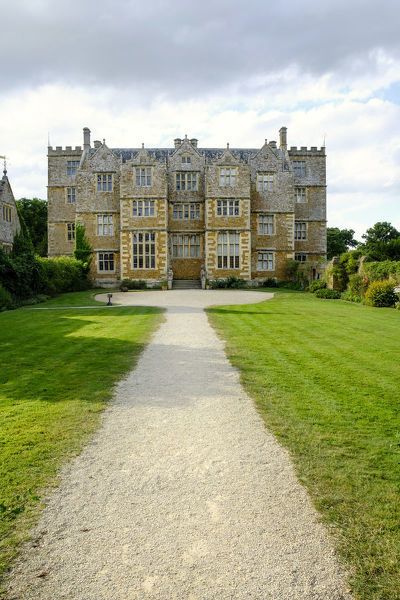 When you buy through links on our site, we may earn an affiliate commission. As an Airbnb Associate, I earn a small commission if you book through one of my links. You can read my privacy policy here.
When you buy through links on our site, we may earn an affiliate commission. As an Airbnb Associate, I earn a small commission if you book through one of my links. You can read my privacy policy here.
What are “listed” English Manor Houses?
In Britain, a building is listed when it is of special architectural or historic interest considered to be of national importance and worth protecting. English Mansions must fulfil certain conditions to be considered of national importance.
As the term implies, a listed building is actually added to a list: the National Heritage List for England.
- Grade I for buildings of the highest significance, Only around 2.5% of listed buildings are Grade 1 listed
- Grade II: This means the property is important and considered of more than special interest
The older the building, the more likely it is to be listed. Every property built before 1700 is listed, as are most built between 1700 and 1840.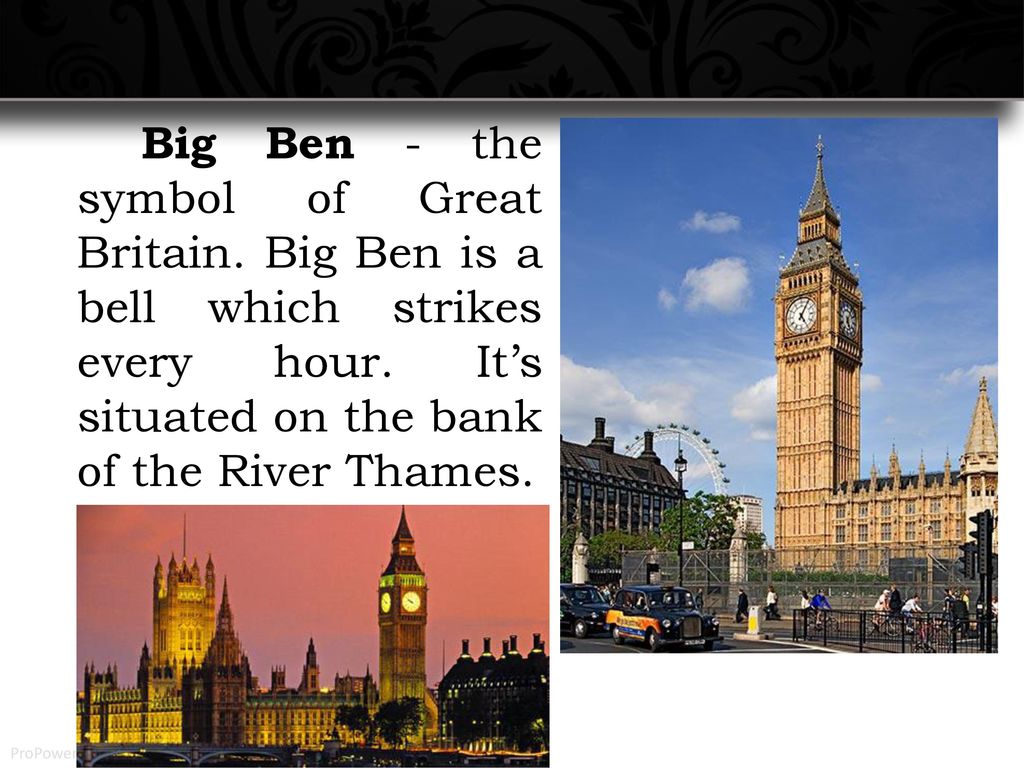 Buildings built post World War II, after 1945, are rarely listed. Buildings less than 30 years old are almost never listed.
Buildings built post World War II, after 1945, are rarely listed. Buildings less than 30 years old are almost never listed.
How does listing affect owners?
Listing means there will be many extra controls over what changes can be made to a building’s interior and exterior. Owners need to apply for Listed Building Consent for most types of work that affect the ‘special architectural or historic interest of their home.
These gorgeous stately homes and beautiful estates have been featured in many historic films or documentaries. Some locations like Highclere Castle(Downton Abbey) have become so well known that tourists have flocked to the location allowing the homeowners a way to help preserve and restore these amazing English country estates.
What makes a house a Manor?
A manor house was historically the main residence of the lord of the manor. The house formed the centre of a manor in the feudal system; and in the great hall were held the lord’s courts, communal meals and great banquets.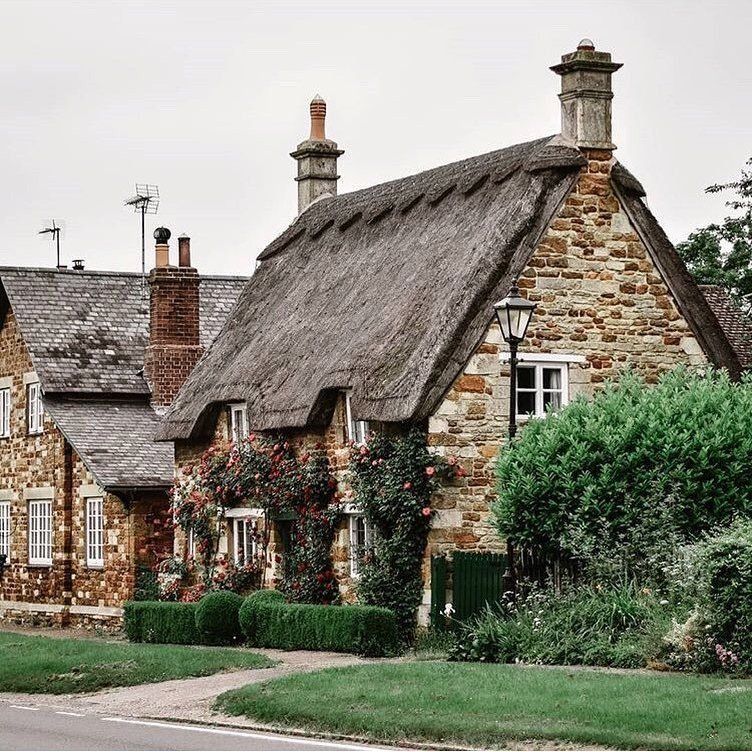
In real estate terms, an English Manor House has at least 8,000 square feet of floor space. Dictionaries define a manor house or mansion as “a large and impressive house: the large house of a wealthy person.”
What is the difference between a Palace and a Castle?
A castle can only be called a castle when it is built on an ancient structure that was used to withstand battles. Palaces are exceptionally lavish homes for royalty that were specifically built as a home for them. So, for example, Windsor Castle was built on ancient fortifications but the UNESCO World Heritage site of Blenheim Palace was built for royalty as a home.
Highclere Castle (home of Downton Abbey) was originally a Manor house that was bought by the Carnarvons in 1679. The original design of the manor cannot be seen today because it was substantially remodelled in 1852 in the Jacobethan style that reflected the fashion of the day.
What to expect when visiting English stately homes?
Visiting English manor houses or stately homes is a wonderful step back in time to see how the “other half lived”. These English stately homes, in many cases, are still private residences and so some areas are off-limits to the public.
These English stately homes, in many cases, are still private residences and so some areas are off-limits to the public.
Most of these English Manor Houses have facilities for parking, access for wheelchair users, there are small cafes or Michelin starred restaurants on site. Gift Shops and special exhibits including private art collections, sculptures and museums are often a part of the estate.
23 English country houses to visit
Bletchley Manor – Milton Keynes
Bletchley Manor within Bletchley Park, for example, was turned into a home for the code breakers during WWII. This is now a memorial to Alan Turing the famous codebreaker and all the secret work done by the men and women of WWII to defeat the Germans. The Park is also home to the National Museum of Computing.
Many country estates are part of an English national charity organization like English Heritage or National Trust. This means that you can easily find visitor information and directions online.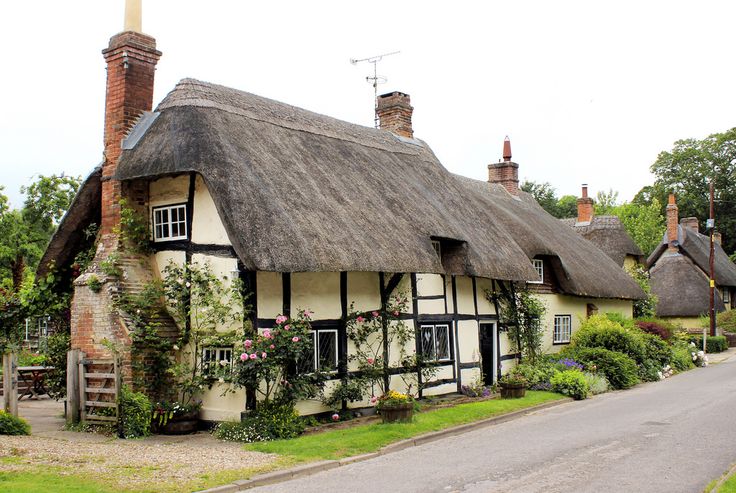
Snowshill Manor – Cotswolds
Snowshill Manor is located in the Cotswolds in central England, midway between Cheltenham and Stratford-upon-Avon and around 40 miles from Oxford. Snowshill, managed by the National Trust, consists of a Tudor manor house set in extensive grounds which include formal gardens, orchards and farmland. There are also several other buildings to explore.
Snowshill Manor was bought by the eccentric Henry Wade after the First World War. Wade used the manor house to display his vast and eclectic collection of artefacts that he had amassed from around the world over his lifetime. On display are bicycles, a model ship, armour, and various musical instruments. Unlike some historical houses, Snowshill is fascinating for visitors of all ages – children will enjoy looking around it just as much (if not more) as adults.
Snowshill is best reached by car as it is in a remote spot, around seven miles from the nearest train station at Morton in the Marsh.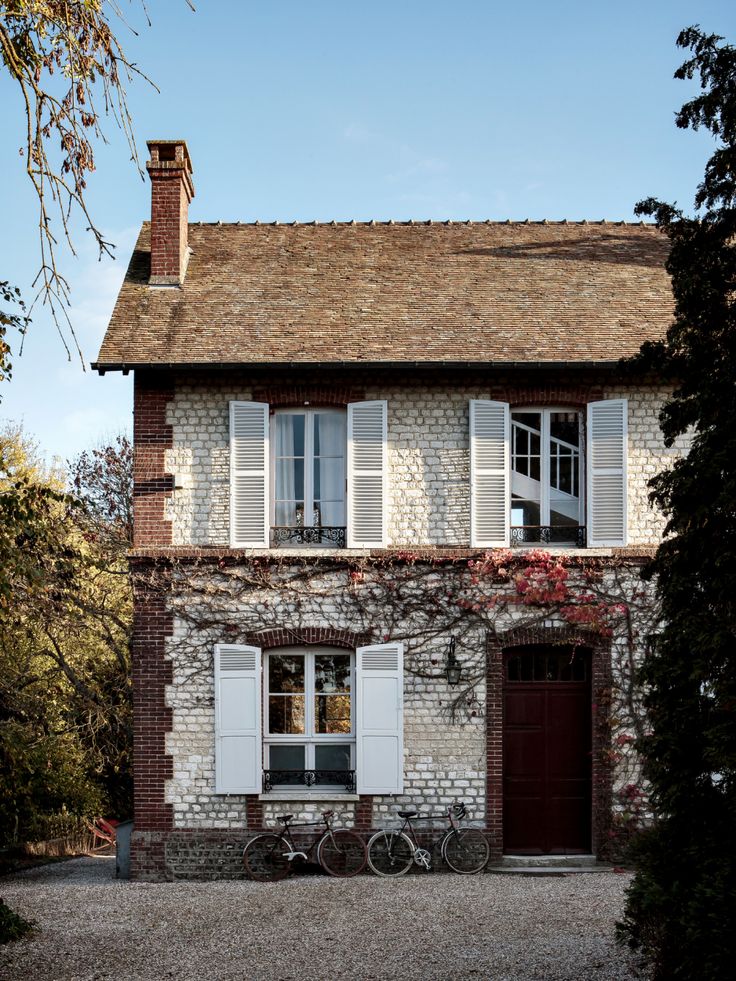 There are fabulous walking routes around the tiny village of Snowshill so it’s worth making a day of your trip to the manor house – the scenery is wonderful. Contributed by Annabel of Smudgedpostcard.
There are fabulous walking routes around the tiny village of Snowshill so it’s worth making a day of your trip to the manor house – the scenery is wonderful. Contributed by Annabel of Smudgedpostcard.
Kingston Lacy – Dorset
Kingston Lacy in Wimborne is owned and managed by the National Trust. The house was built after the destruction of Corfe Castle in the 1600s by the Bankes family.
Built to resemble an Italian place, the house was used as a hunting lodge and leased to favourable members of the Royal family.
Today, you can visit Kingston Lacy as a member of the National Trust free of charge, or £10 for adult non-members. House tours must be pre-booked as visits are very popular with guests.
As well as the stunning house with artefacts from William John Bankes’ tips to Egypt in the 1800s, you can also admire paintings from Van Dyke and Titian. Perhaps one of the most popular reasons guests visit Kingston Lacy house is to admire the Spanish room. With the gilded ceiling that was brought from the Contarini Palace in Venice, it’s no wonder guests return time after time to the house. Contributed by Angela from Exploring Dorset.
Contributed by Angela from Exploring Dorset.
Stoneleigh Manor – Warwickshire
Stoneleigh Abbey stands beside the River Avon, near Kenilworth, on lands granted to Cistercian monks by King Henry II in 1154. The Monastery was dissolved by King Henry VIII and turned into a family home for the Leigh’s.
This English Mansion House is comprised of two halves; the first, made of red sandstone, is a fine example of a Jacobean house, built from the ruins of the monastery. The second, the West Wing, was designed by famous architect Francis Smith of Warwick in the Baroque style. Stoneleigh has played host to several people of note, including King Charles I, Queen Victoria, and novelist Jane Austen. It is believed that Jane Austen modelled her novel, Mansfield Park, after Stoneleigh.
Haddon Hall – Bakewell
Haddon Hall is one of those places in England that will leave you speechless and in awe, almost as though you’ve transported yourself into a fairy tale. This gorgeous manor home is located in Bakewell in the Peak District and dates back to the 11th century.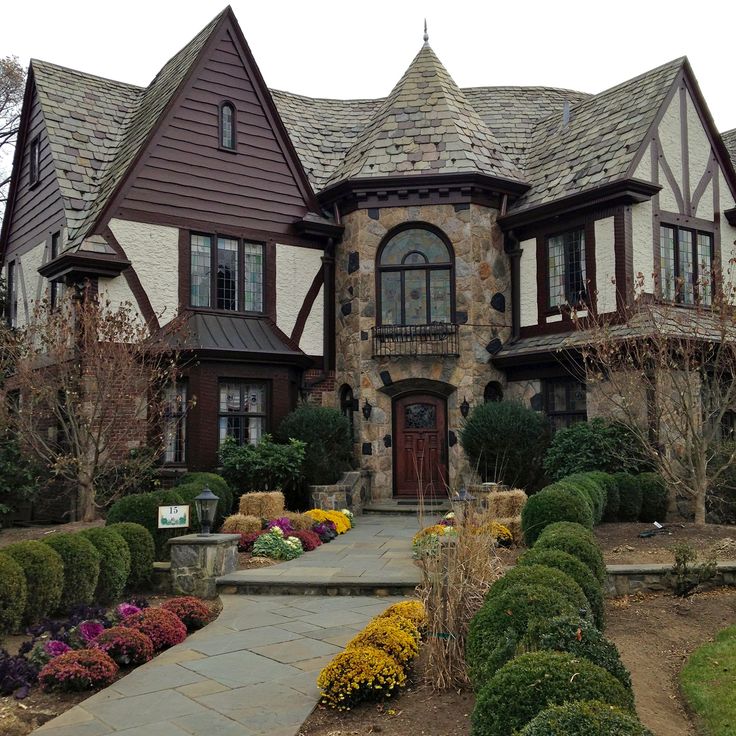 It’s been said to be one of the best-preserved houses of the medieval ages.
It’s been said to be one of the best-preserved houses of the medieval ages.
Explore through 900 years of history and discover untold stories. The Tudor Hall itself was untouched for 300 years and contains some of the best-preserved furniture and tapestries in England.
Wander through the labyrinth of rooms and see gorgeous rooms elegantly decorated, a chapel, and a beautiful Elizabethan walled garden, surrounded by a forest and filled with a variety of flowers, water features, and topiaries.
It’s even been used in films such as The Princess Bride and Jane Eyre. Ponder over what life was like at this beautiful manor home hundreds of years ago while you sit at their on-site restaurant enjoying a pot of tea.
Haddon Hall is best reached by car, but train and bus routes are also available. Admission is £18.50 for adults, and guided tours are available for a few pounds more. Parking is £3.50. Historic Houses members visit for free. Written by Sarah from In Search of Sarah
Stonor Manor – Berkshire
Stonor Manor itself has been home to the Stonor family for 850 years and has changed relatively little over that time.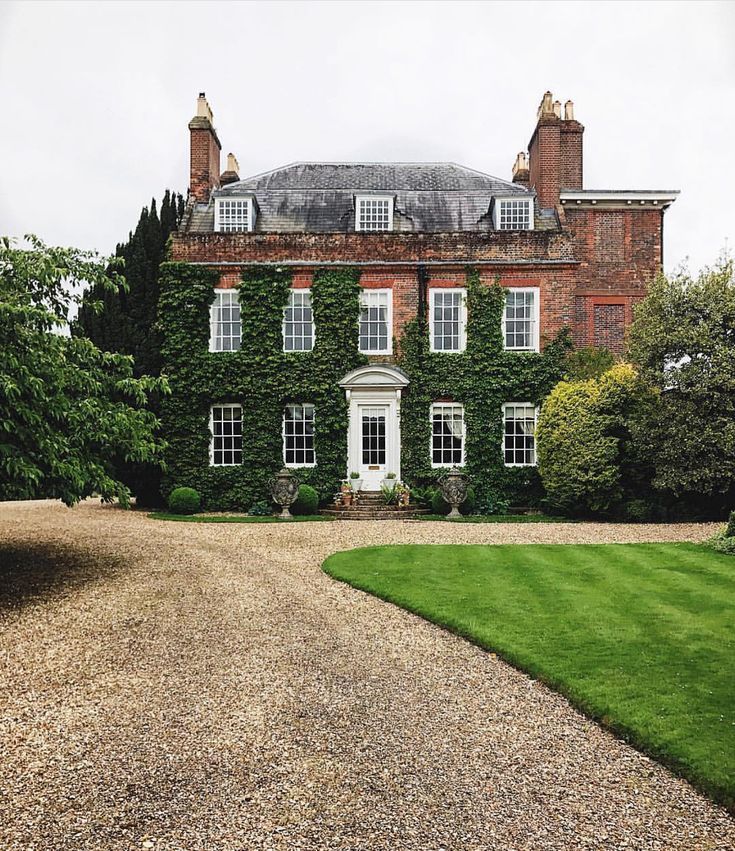 Complete with its own ancient stone circle, a Chapel and stunning Stonor Park and gardens it overlooks some of the best views of the countryside. As you drive up to the house you pass by two lodges built in the 1790s and the ‘new’ drive which was laid down in 1760.
Complete with its own ancient stone circle, a Chapel and stunning Stonor Park and gardens it overlooks some of the best views of the countryside. As you drive up to the house you pass by two lodges built in the 1790s and the ‘new’ drive which was laid down in 1760.
Stonor Manor has been the home of the Stonor family for more than eight centuries. The 12th-century chapel survived 250 years of anti-Catholic legislation during King Henry VIII’s Reformation. The Stonor family were ‘recusants’ which meant that they refused to convert to the Anglican religion.
Wandering the grounds you can take in the beautiful gardens full of lavender, topiary, ponds and fountains. You will spot the standing stones to the front of the house which are approximately 5000 years old. Tickets to tour the house and gardens cost around is £20.00.
Polesden Lacey – Surrey
Polesden Lacey is an absolutely charming manor house maintained and owned by the National Trust. It’s located in Great Bookham in Surrey near the Surrey Hills, which is south of London.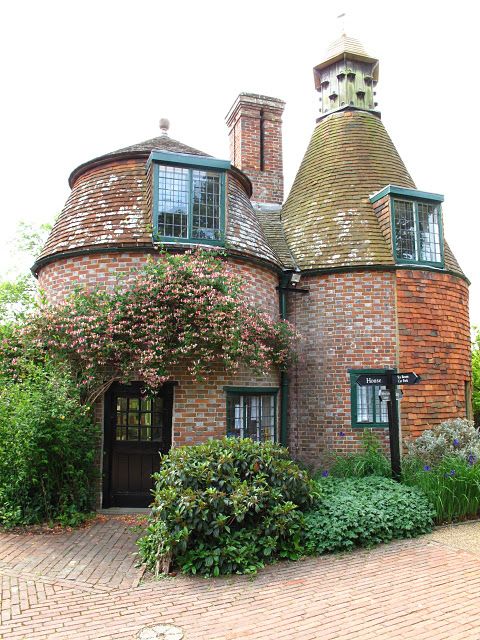
The manor house is worth a visit in itself for the stunning and well-maintained art, porcelain and furniture collection that belonged to the former owner, Margaret Greville. Upon her death, she gifted Polesden Lacey and her collection to the National Trust and it has since been one of their top properties for annual visitors.
The property also includes several woodland walks and a walled rose garden that is a delight to visit in summer.
Entry cost is free to National Trust members, or £10 for an Adult and £5 for a Child. It includes entry not only to the manor house but also to the expansive grounds. Pack a picnic blanket and make an afternoon of the visit! It’s especially lovely on a rare sunny day.
It’s easiest to reach Polesden Lacey by car, but it is also 1.5 miles away from the village of Great Bookham which can be reached by bus. Tip: You’re never too old to roll down the sloped lawns of Polesden Lacey. Written by Jamie of Travel Addict.
Wollaton Hall – Nottingham
Wollaton Hall is a Grade 1 listed Elizabethan Mansion set in over 500 acres of parkland just outside of Nottingham city centre and is one of the best things to do in Nottingham.
Built between 1580-1588, you can tour the hall for £10 per person and see the reconstructed grand upper rooms with panoramic views over Nottingham city and surrounding areas. Visit the beautiful orangery overlooking the grounds and the lake, then descend into the Tudor kitchens, the old wine cellars and the hand-carved caves beneath the hall. In the old stables, you will find the Nottingham Industrial Museum which showcases the five industries that Nottingham is famous for.
Wollaton Hall is also the whereabouts of the Nottingham Natural History Museum which is free to enter and features many stuffed animals, displays of local wildlife and the plant life of the area. On the grounds of the hall, there are free-roaming red and fallow deer which is a spectacular sight and a must for photography enthusiasts.
Wollaton Hall can be easily reached by car from junction 25 of the M1 or by public transport from Nottingham city centre. Contributed by Steph & Lewis from Book It Let’s Go!
Burghley House – Lincolnshire
Burghley House is a grand sixteenth-century manor house near Stamford, Lincolnshire. Burghley House is a grand 16th-century grand English mansion. To us peasants it looks like a real castle but it is what is called an Elizabethan Prodigy House built by the Cecil family who still lives there.
Burghley House is a grand 16th-century grand English mansion. To us peasants it looks like a real castle but it is what is called an Elizabethan Prodigy House built by the Cecil family who still lives there.
A Prodigy house is a huge and very ostentatious English manor house built in either Tudor, Elizabethan or Jacobean style. Many of the grandest of these English mansions and country homes were built with the hope of hosting Elizabeth I and her large retinue as they made their annual royal progress around England.
The exterior of Burghley House largely retains its Elizabethan appearance, but most of the interiors date from remodellings before 1800. The house is open to the public and exhibits a circuit of grand and richly furnished state apartments. Its park and gardens were laid out by Capability Brown.
Chartwell House – Kent
Just an hour outside of London, take a day trip to Kent to visit Chartwell House, the country home of famous wartime Prime Minister Winston Churchill for more than forty years.
Located on twenty acres of beautiful land, you will have a lot to explore and appreciate this beautiful manor home. Take time to wander through the rose garden, water garden, and woodlands. All of these features were lovingly planned and installed by Churchill and his wife, Lady Churchill.
While here, avail yourself of a truly unique opportunity to learn about the many sides of the “bulldog” prime minister. The home remains much as it was when he lived there, allowing visitors an intimate peek into his personal and family life. Here, you will see the rooms in which he raised his children.
You’ll see where Winston Churchill was passionate about gardens and spent his free time painting. Make sure you don’t miss looking inside his painting studio, which has a sizable collection of his original paintings. This truly is a unique place to visit among the many manor houses in England. The entrance for adults is £10, £5 for children. Family rates are available. Contributed by Constance at A Well-Read Wanderer, like this guide to visiting Charles Dicken’s home and museum in London.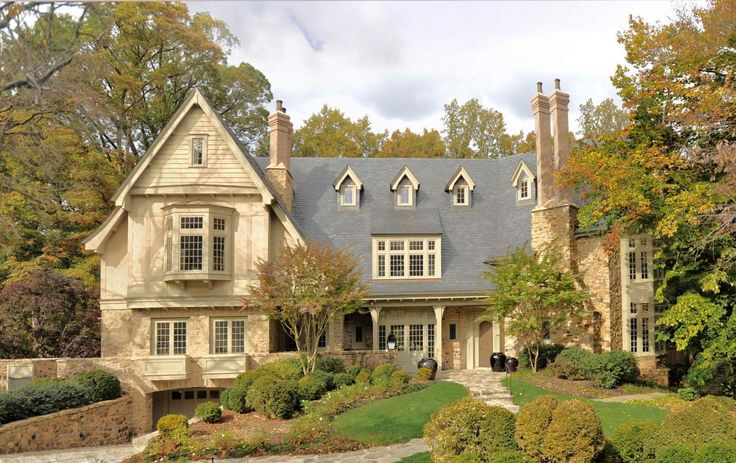
Lydiard House – Swindon
Five minutes drive from junction 16 of the M4 motorway is the beautiful estate of Lydiard Park. Set in the 260 acres on the west of Swindon is the Grade I listed Lydiard House.
Lydiard House was the ancestral home of the Viscounts Bolingbroke. From Elizabethan times, it was the St John family who lived in the house.
The house was redesigned in the 1740s into the current Georgian manor house with a classical Palladian façade. The symmetrical details with a grand entrance in creamy stone and corner towers look out over the park and lake.
The ground floor apartments of Lydiard House were opened to the public in 1955 after being restored. You can now wander through the rooms admiring ornate plasterwork and original family furnishings, portraits and paintings. The Dressing Room, which celebrates Diana Spencer who was the 2nd Viscountess Bolingbroke, is decorated in crisp blue and white and features a 17th Century painted window and an early 19th Century mechanical desk.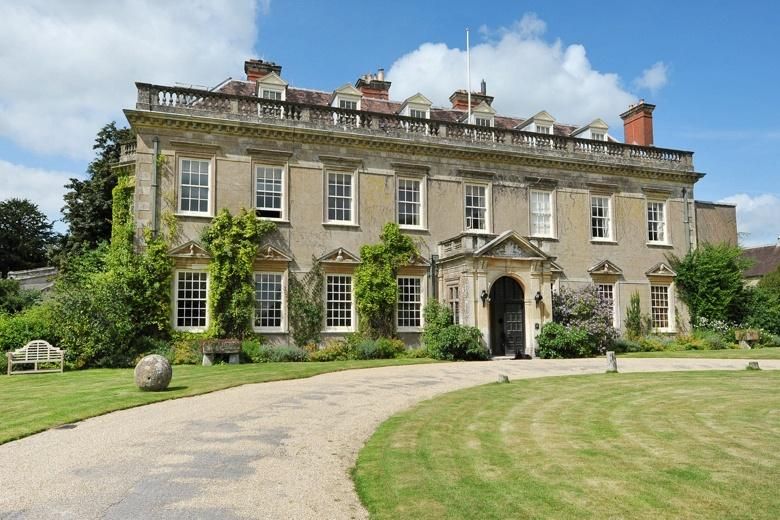
Outside you can visit the 12th Century St Mary’s Church. Stroll through the parkland which includes several follies, an Ice House, the delightful Walled Garden or stop for a cup of tea in the Tea Rooms.
There is paid parking and entrance to Lydiard House costs £7.25 for an adult, £4.00 for children 3-15 and £6.75 for over 60s and students. Contributed by Larch of The Silver Nomad.
Cowley Manor – Cotswolds
Cowley Manor is situated in the Cotswolds, just outside of Cheltenham and is one of the best UK’s luxury family hotels. The land here is old, passing from Edward the Confessor to various hands through the centuries. The house you can see today has its design based on the Villa Borghese in Rome and so sports a rare (for British manor houses) Italianate exterior.
This grand building is set in beautiful grounds, dotted with contemporary artwork and two large lakes. Built in the 19th century the house you see today has been regularly at the forefront of modern technology and living, having a whole variety of steam rooms.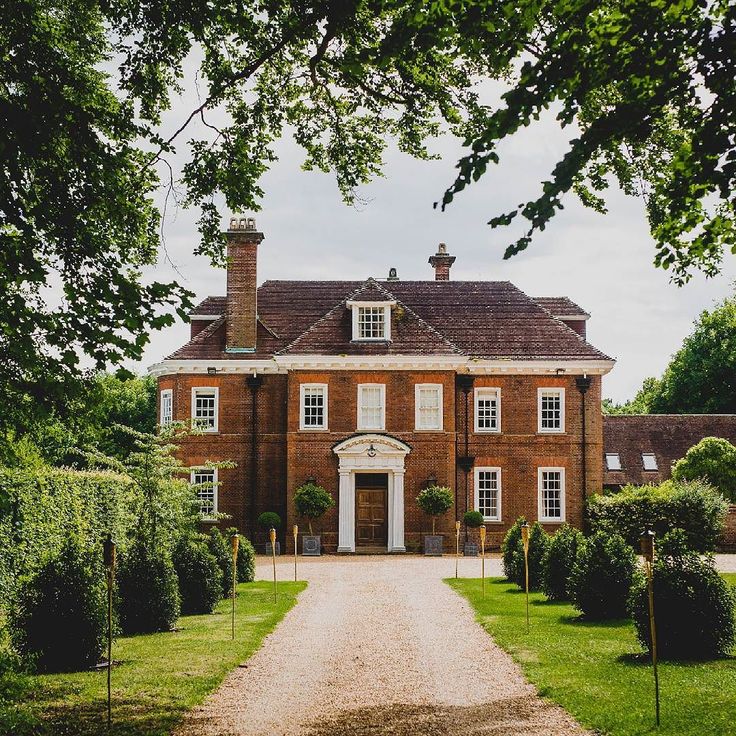 Now a hotel, throughout the years it has had many notable guests and it is reputed that Lewis Carroll wrote Alice in Wonderland after being inspired by the grounds. Today you can visit as a guest of the hotel or visit the wonderful spa complex that still exists. Contributed by Nichola of Globalmousetravels.
Now a hotel, throughout the years it has had many notable guests and it is reputed that Lewis Carroll wrote Alice in Wonderland after being inspired by the grounds. Today you can visit as a guest of the hotel or visit the wonderful spa complex that still exists. Contributed by Nichola of Globalmousetravels.
Beningbrough Hall – York
Beningbrough Hall is a large Georgian manor house about 8 miles North West of York. Entry to the house and gardens is free to National Trust members, or Houses, Castle and Gardens cards but otherwise is £10 per adult and £5 per child. The gardens are extensive and are undergoing a programme of improvements headed by Andy Sturgeon, including a snowdrop walk planted with 300,000 snowdrop bulbs, and a pergola walk that will be covered in wisteria in years to come. Beningbrough also boasts a magnificent walled garden.
Dogs are welcome at Beningbrough Hall, and it’s ideal for kids too. There is a large adventure playground for younger visitors that has been revamped over the last couple of years with a large slide, lots of swings and climbing frames and a den building area.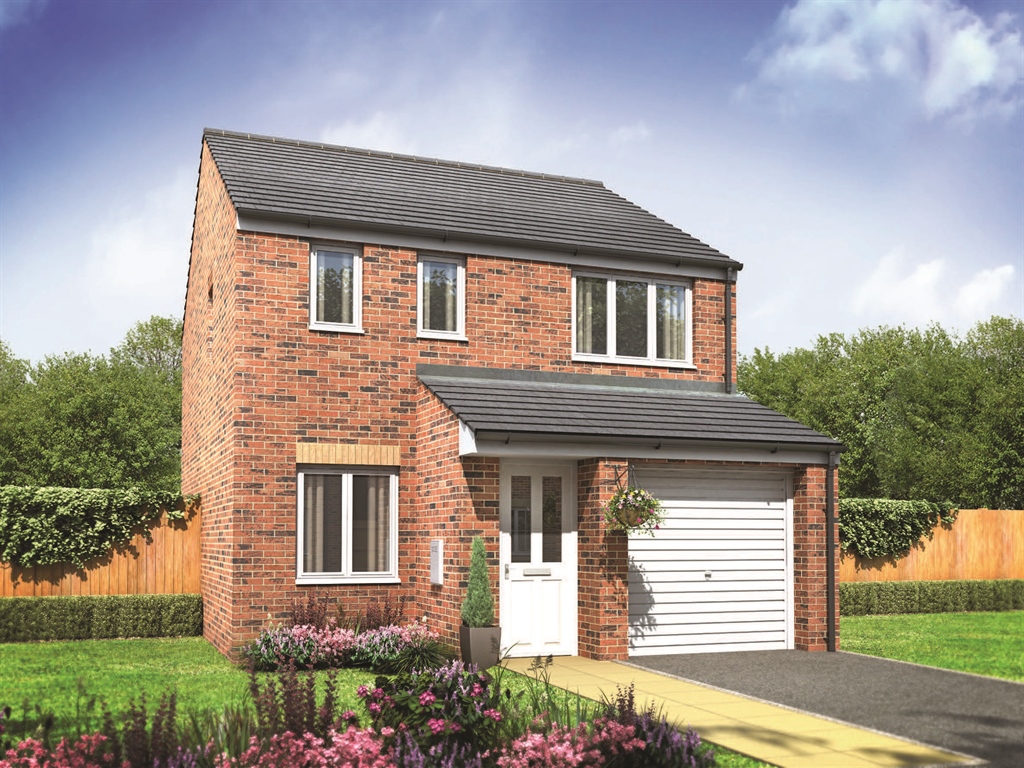 There is also a great coffee shop near the playground which is perfect for parents!
There is also a great coffee shop near the playground which is perfect for parents!
You can buy gifts and plants grown in the gardens in the retail courtyard and there is a large café for meals and snacks. Contributed by Nikki from Best Lodges with Hot Tubs
Palace House – New Forest
Palace House sits like a crown at the top of the beautiful Beaulieu River in the New Forest, a perfect stopping off place on a UK road trip This 13th-century’ treasure house’ was the gatehouse of the medieval Beaulieu Abbey, before being converted into a Manor House in 1538. Nowadays, after extensive remodelling, it has an eclectic style and is considered a Gothic country house with a Victorian interior.
The ancestral and current home of the Montagu family, the house has a fascinating history since its’ conversion in 1538. The grounds are not only home to colourful and fragrant flower gardens and a fabulous walled kitchen garden, but also to the famous National Motor Museum, with a matchless collection of over 250 historic vehicles.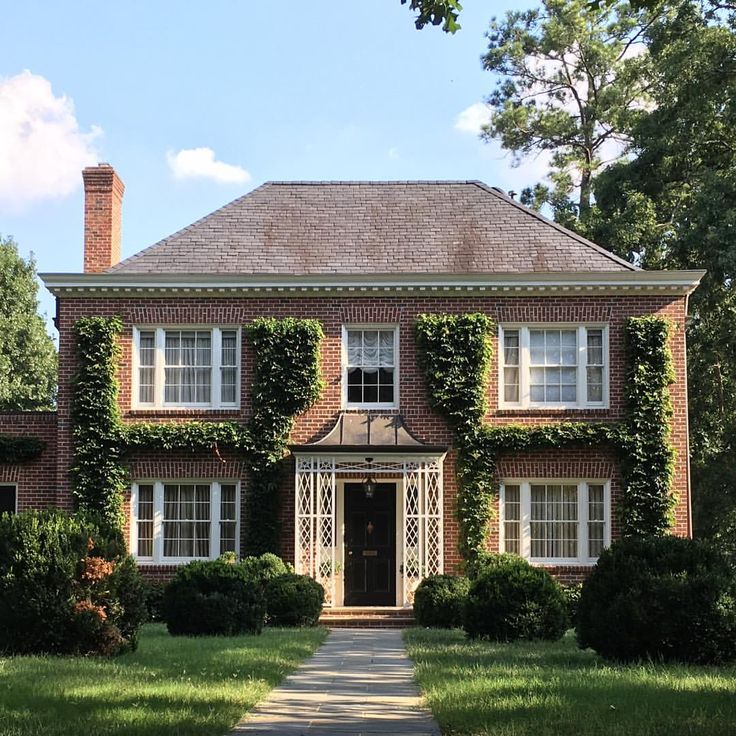
Palace House also has a fascinating war story to tell. During World War II, Palace House became a training centre for the Special Operations Executive (SOE), who trained agents in undercover work behind enemy lines. Over 3000 operatives were trained in Beaulieu before deployment overseas. Most were parachuted into France, where their work with the French Resistance movement undoubtedly turned the tide of the war.
You can visit the Palace House when you book tickets to visit the National Motor Museum, which cost £21.50 if booked online. Contributed by Izzy and Phil of the Gap Decaders.
Waddesdon Manor – Buckinghamshire
Located in the heart of Buckinghamshire is one of England’s most beautiful manor houses, the Waddesdon Manor. Built in French Renaissance-style in the 1870s by Baron Ferdinand de Rothschild, Waddesdon Manor is home to an exquisite collection of arts and is open to visitors throughout the year.
The estate also includes wine cellars, a number of gardens, seasonal trails and playgrounds for children. There are also cafés, restaurants and gift shops for visitors to enjoy. Some of these are not currently open to visitors due to the pandemic but otherwise are open all year throughout.
There are also cafés, restaurants and gift shops for visitors to enjoy. Some of these are not currently open to visitors due to the pandemic but otherwise are open all year throughout.
There have been 20 film and TV productions here, including hemlock Holmes: A Game of Shadows, The Queen and The Counselor.
The nearest train station to Waddesdon Manor is Aylesbury Vale Parkway and there are regular services to this train station from London Marylebone. If you plan to drive down to the estate, it would take approximately 1-1.5 hours from London depending on traffic.
Entry to the house is free for members of the National Trust, Art Fund, Historic Houses and RHS. For others, the entry prices are £12 for adults and £6 for children.
Based on our visit, we would recommend setting aside a good part of the day for a leisurely exploration of the estate. Or if you carry a picnic, you could even make a wonderful day out of your visit. Contributed by Deeptha of The Globe Trotter UK.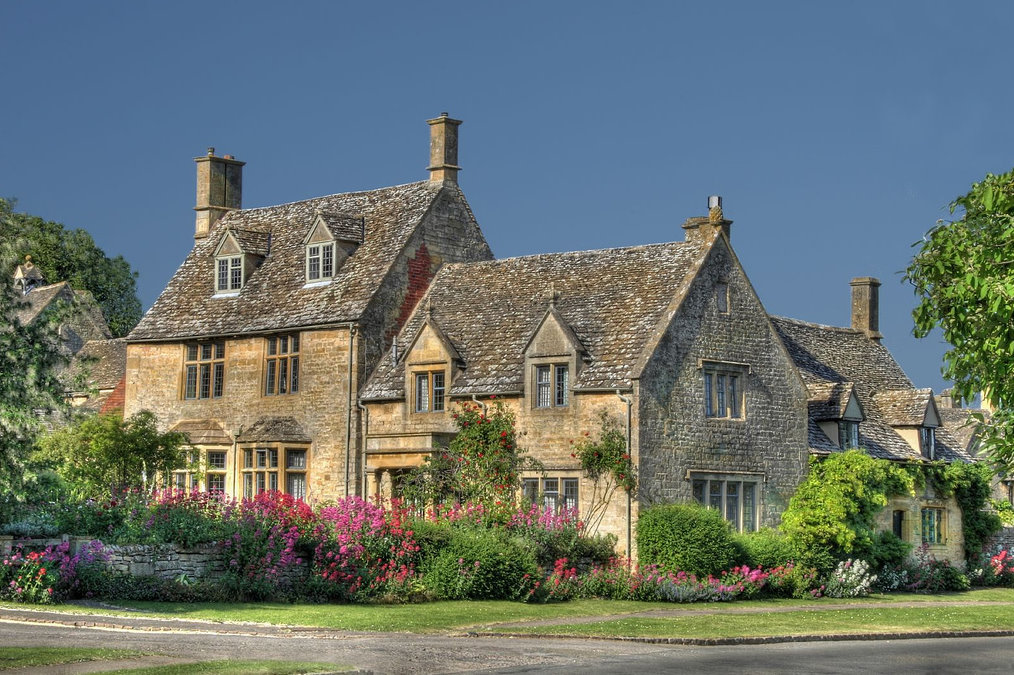
Hinton Ampner – Winchester
Hinton Ampner is a country house near Winchester and is one of the most beautiful places to visit on a Hampshire road trip.
Surrounded by well-tended gardens, this Tudor manor has stood since the 1540s, although it was partly destroyed by a fire in the 1960s and had to undergo major restoration.
Inside the house, you can enjoy a fine display of artwork, antiques and history (some of it more flattering than others- Hinton has been around since Colonialism and slavery) but be sure to head outside to the gardens- that’s where the estate really shines.
The grounds and woodlands are a wonderful place to explore on a winter’s day or take and enjoy a picnic during summer. There’s a walled garden and a pretty church nearby, both of which are worth a visit.
Hinton is managed by the National Trust, so members can visit for free. Non- members pay a small fee (currently £5) or can join the National Trust at the entrance.
As well as the house and gardens, there is also a shop and tea room for visitors to enjoy.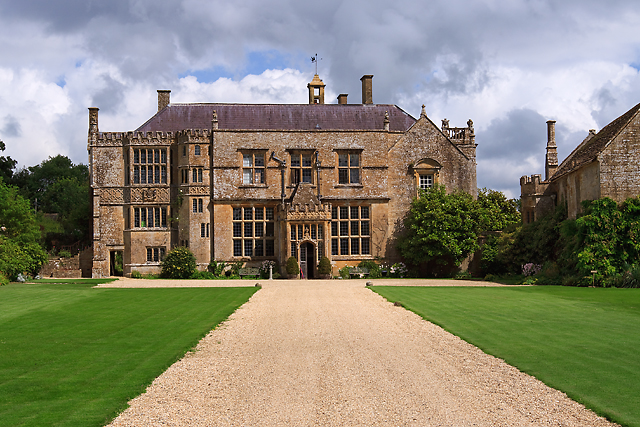 Toilets and changing facilities are provided. Contributed by Kat of Wandering Bird.
Toilets and changing facilities are provided. Contributed by Kat of Wandering Bird.
Chatsworth House – Derbyshire
No article on Stately homes in England would be complete without a visit to the stunning Chatsworth House in Derbyshire. Chatsworth has been chosen as one of Britain’s most favourite country houses.
With its incredible gardens designed by ‘Capability Brown, Chatsworth has been home to the Duke of Devonshire and the Cavendish family since 1549. With its outstanding views of the River Derwent across to the Wye and Derwent valleys, the house’s setting in acres of parkland is simply breathtaking. Generally, the house and gardens can be visited for £36 which includes parking.
Stately Homes used in Films
Stately homes used in
BridgertonThe Ranger’s House
If you are a fan of the new TV Series Bridgerton you may want to visit The Ranger’s House in Greenwich. In the TV show, the house is draped in stunning purple wisteria but this is not the case in real life.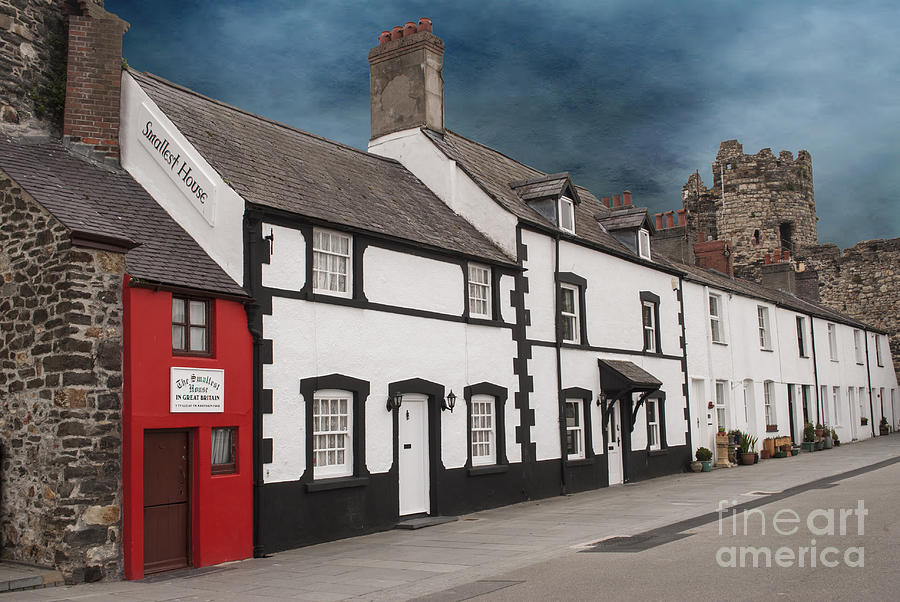
This is an English Heritage property that houses The Wernher Collection, a world-class art collection amassed by the 19th-century businessman, Sir Julius Wernher. This collection contains work by Dutch Old Masters, paintings from Sandro Botticelli’s workshop and French tapestries.
Badminton House
The parlour and morning room were shot at Badminton House in Gloucestershire. Private tours for groups are offered for the house and you can take a garden tour around the stunning grounds. Tours of Badminton House gardens and the walled garden are offered at £20 per head, with a minimum group size of 15. Tea/cake is offered separately at £6 per head.
©John TaskerSyon House
Other interiors were filmed at Syon House in London – including the room that is the former Duke’s study, and Simon’s own dressing room.
Leigh Court
Some of the balls were filmed at Leigh Court these days Leigh Court is used as an incredible wedding venue, and special events and conference space.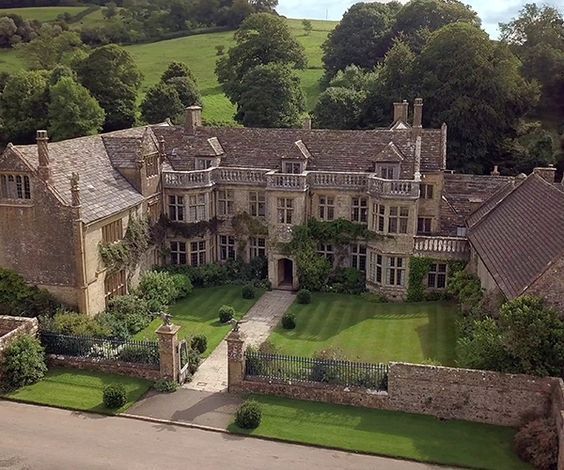 You can view Leigh Court from the outside but sadly it is reserved for corporate events and of course great British films.
You can view Leigh Court from the outside but sadly it is reserved for corporate events and of course great British films.
Blenheim Palace
If you have watched the new Disney Cinderella film and have been to Blenheim Palace you will recognize the incredible staterooms and views throughout this absolutely amazing Palace.
Wrotham Park – Hertfordshire
There have been 35 film and TV productions here, including Bridget Jones’s Diary, Jeeves and Wooster and Kingsman: The Secret Service. Wrotham Park, a Palladian Mansion set in the heart of a 2,500-acre estate located just 17 miles from Hyde Park Corner, was designed by Isaac Ware in 1754 and built by Admiral John Byng, the fourth son of Admiral Sir George Byng. The Estate is still lived in by the Byng’s today.
Given that there is over 3000 stately homes and manor houses in England and the UK this is just a little taster of some of the great estates you can visit.
Have you visited any British stately homes? What were your favourites?
You might also like
What to see, do and eat in Chinatown, London England
Roman Ruins in Britain
16 Fabulous food street markets in London
Visiting the Tower of London – its extraordinary history
Abbey Road in London – the most famous crosswalk in the world
Visiting Downton Abbey – Highclere Castle
Escaping London for the weekend
The best of Bath in 2 days | What to do in Bath
16 of the best things to do in North Yorkshire England
16 Things to do in Manchester
22 of the Best English cities to visit
Pin it to save it.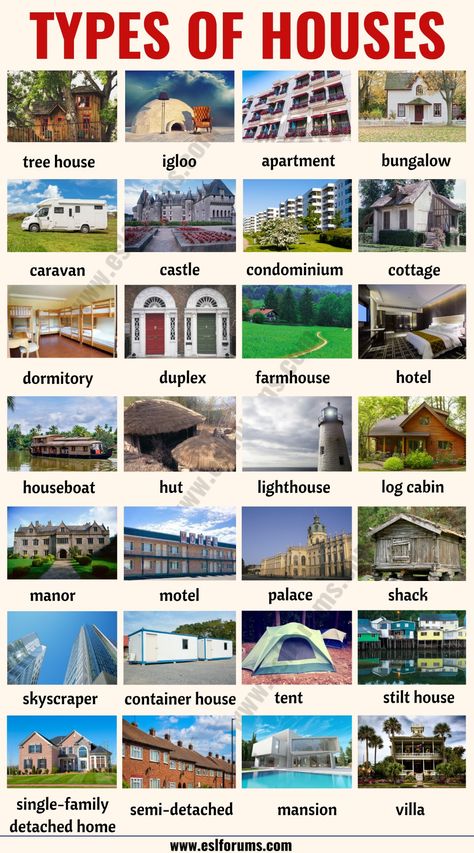
135 shares
Top 20 UK Houses
0 Traditionally, the long list of RIBA House of the Year awards includes 20 houses. Last year, there were many non-standard buildings on the long list - a tree house, a house in a swamp, a house built into a sea wall. This season's list of finalists is not extravagant, but there are interesting finds in it. Among the contenders for victory are a house on the site of a former distillery, a black wooden house (No. 37), built for only 100 thousand pounds, and a barn converted into a cottage. The award has been presented for 17 years. Until recently, it was called the Manser Medal, in honor of the architect Michael Manser, former president of RIBA, who became famous for his projects of private houses.
RIBA House of the Year was sponsored by Forterra, a major UK building materials manufacturer.
Below are all the houses included in the long list.
Usburn Road House, Newcastle
Miller Partnership Architects
House on Usburn Road, Newcastle. Miller Partnership Architects. Photograph © Jill Tate
Berkshire House
Gregory Phillips Architects
Berkshire House, Berkshire. Gregory Phillips Architects. Photo © Mel Yates
Black House, Hampshire
AR Design Studio
Black House, Hampshire. AR Design Studio. Photo © Martin Gardner
Black Stone House, London
6a Architects
Black Stone House, London. 6a Architects. Photo © Johan Dehlin
Flexible House, London
Amin Taha + Groupwork
Flexible House, London.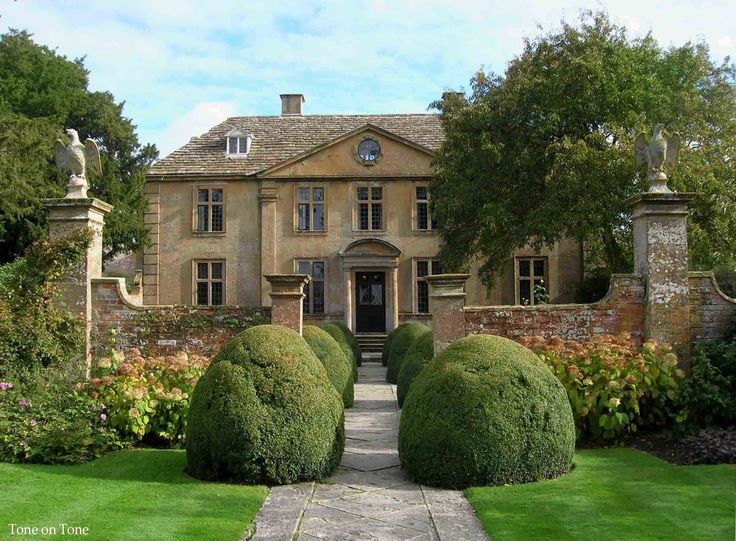 Amin Taha + Groupwork. Photo © Tim Soar
Amin Taha + Groupwork. Photo © Tim Soar
Coastal House, Devon
6a architects
Coastal House, Devon. 6a architects. Photo © Johan Dehlin
Dartmouth Park House, London
AY Architects
Dartmouth Park House, London. AY Architects. Photo © Anthony Boulanger
Duncan Cottage, Bath
James Grayley Architects
Duncan Cottage, Bath. James Grayley Architects. Photo © David Grandorge
Fitzrovia House, London
Carmody Groarke
Fitzrovia House, London. Carmody Groarke. Photo © Johan Dehlin
Gin Distillery House, London
Open Practice Architecture
House of Gin Distillery, London. Open Practice Architecture. Photo © Leon Chew
Lochside House, Scottish Highlands
HaysomWardMiller Architects
Lochside House, Scottish Highlands.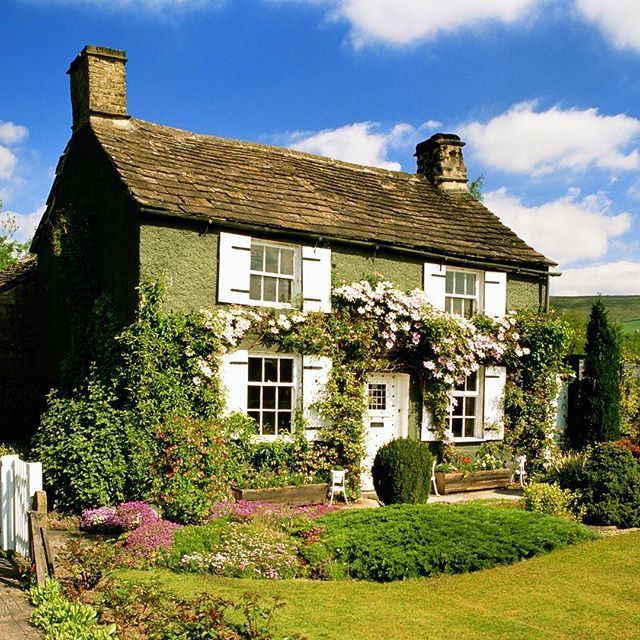 Haysom Ward Miller Architects. Photograph © Richard Fraser
Haysom Ward Miller Architects. Photograph © Richard Fraser
Private House No. 37, Belfast
FÄMILY Architects
Private house No. 37, Belfast. FAMILY Architects. Photo © Grainne Cumming
Oatlands Close House, Surrey
SOUP Architects
Oatlands Close House, Surrey. SOUP Architects. Photo © Andy Matthews
Old Shed New House, North Yorkshire
Tonkin Liu
Old Shed New House, North Yorkshire. Tonkin Liu. Photo © Greg Storrar
Pheasants House, Buckinghamshire
Sarah Griffiths + Amin Taha
Pheasants House, Buckinghamshire. Sarah Griffiths + Amin Taha Photo © Tim Soar
Red House, London
31/44 Architects
Red House, London. 31/44 Architects. Photo © Rory Gardiner
Shropshire Residence
Gregory Phillips Architects
Residence in Shropshire.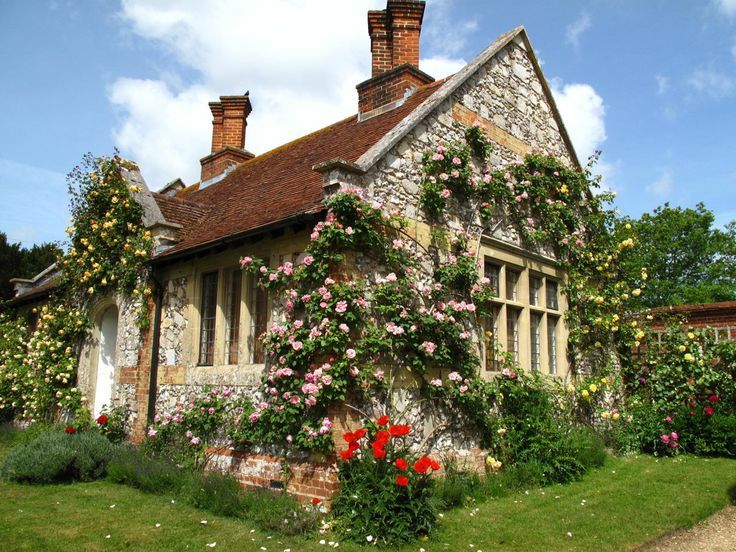 Gregory Phillips Architects. Photo © Mel Yates
Gregory Phillips Architects. Photo © Mel Yates
The Makers House, London
Liddicoat & Goldhill
The Makers House, London. Liddicoat & Goldhill. Photo © Simon Watson for House & Garden
The Old Court House, Worcestershire
Harrison Brookes Architects
The Old Court House, Worcestershire. Harrison Brookes Architects. Photo © Rhys Brookes
VEX House, London
Chance de Silva & Scanner
VEX House, London. Chance de Silva & Scanner. Photograph © Hélène Binet
What an English house is made of: Alexey Zimin's list
It is difficult to imagine a person's life in England without some items and objects. Alexey Zimin counted nine main ones.
Keys
England is a country of drafts and slamming door locks.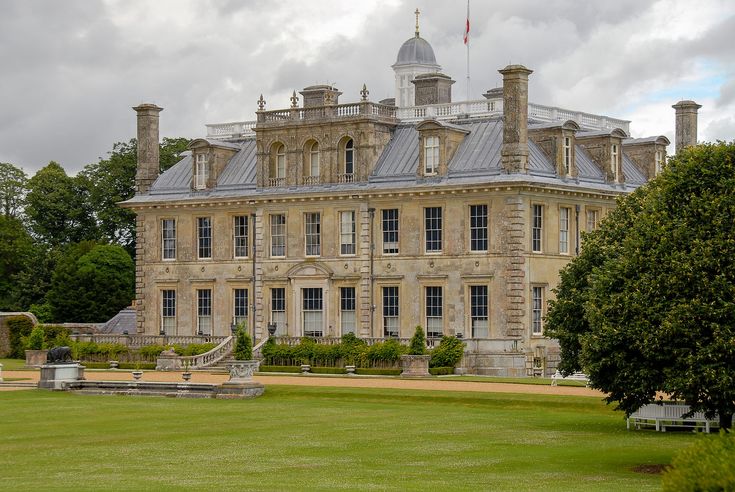 Running out of the house for a pizza delivered by a courier and discovering that the doors to the house are locked is one of the common nightmares. It is also unpleasant to lose the key, especially from a rented apartment. Restoring it is not so easy: even if there is a duplicate, the keys to the main door locks are not made in workshops on demand - special documents are needed. The connection of this procedure with the law has given rise to “lock monopolies” like Banham, a company with almost a century of history that owns the master keys to hundreds of thousands of houses and apartments, banks, restaurants and royal treasuries.
Running out of the house for a pizza delivered by a courier and discovering that the doors to the house are locked is one of the common nightmares. It is also unpleasant to lose the key, especially from a rented apartment. Restoring it is not so easy: even if there is a duplicate, the keys to the main door locks are not made in workshops on demand - special documents are needed. The connection of this procedure with the law has given rise to “lock monopolies” like Banham, a company with almost a century of history that owns the master keys to hundreds of thousands of houses and apartments, banks, restaurants and royal treasuries.
Key chain discount card
Leading UK supermarket chains - Tesco, Sainsberry, Waitrose - do not provide tangible discounts. But they involve their owners in something like a consumer quest with a not very clear logic of accumulating and spending points, the ability to check goods not at the checkout, but using a portable terminal (you can put it with you in a shopping cart), and receive a free cup of coffee at the exit of the store and other pleasant, but not too monetized nonsense.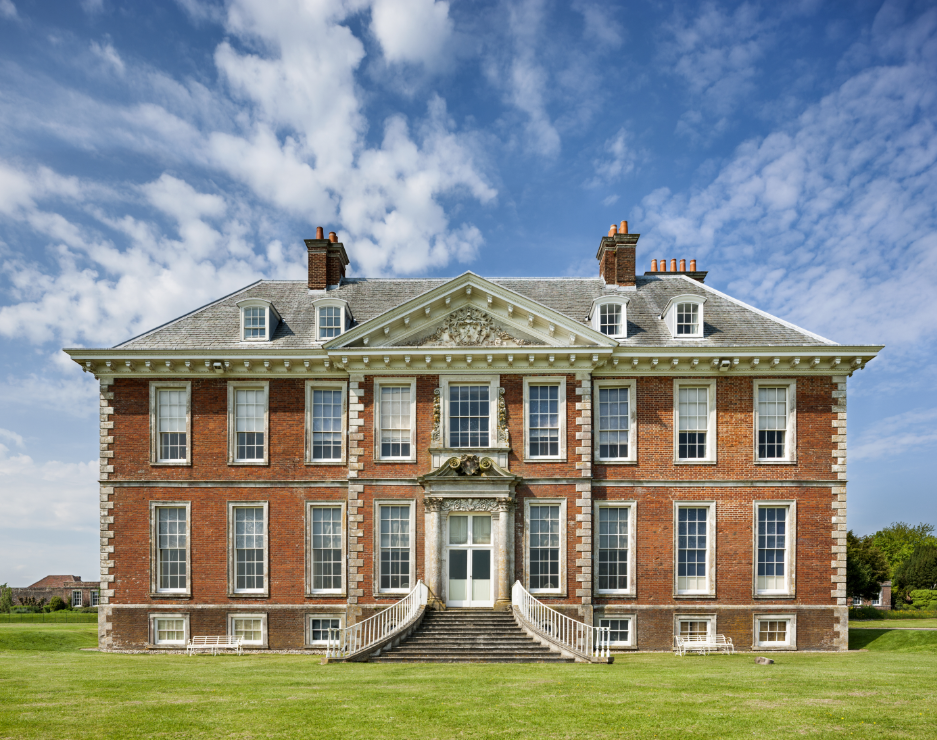 But such a card on a key fob is an opportunity to show the level of your consumer claims. The Waitrose map, for example, suggests that the person is already established at least in the middle class, and his gastronomic outlook is wide enough that he needs three types of pak choy and at least a dozen varieties of aged cheddar.
But such a card on a key fob is an opportunity to show the level of your consumer claims. The Waitrose map, for example, suggests that the person is already established at least in the middle class, and his gastronomic outlook is wide enough that he needs three types of pak choy and at least a dozen varieties of aged cheddar.
Utility bills
A driver's license, residence card and even a passport do not have an exhaustive status in British everyday life. Real human rights - whether it's medical care or buying a phone on credit - can only be realized if they are backed up by gas, water and electricity bills, as well as bank statements. In the age of scanners and color printers, British institutions prefer to accept certificates in the original, as they were sent by mail. It is not clear where such confidence in the corporate press comes from, but this system often gives an entertaining failure when, in order to open a bank account, they may be asked to bring a certificate of the state of the bank account.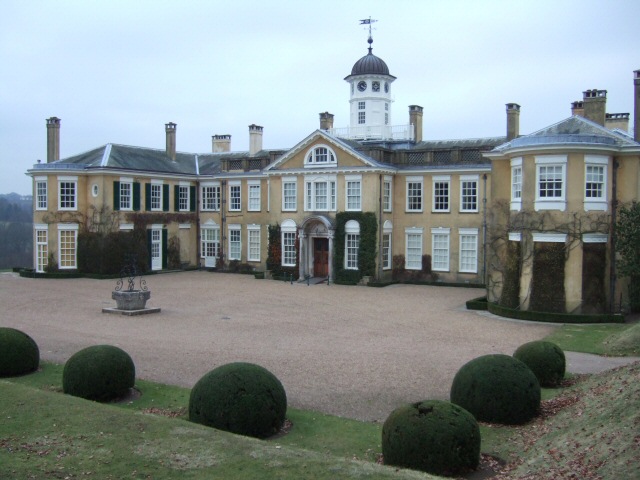
Mail Slot
Royal Mail is the epitome of Victorian spirit. His swiftness, omnipresence, desire for communication. In the second half of the 19th century in London, it was possible to receive a letter thrown by the sender into an ordinary red mailbox in just two hours. Today Royal Mail cannot afford such efficiency. But with the decrease in the role of paper in the modern world, correspondence does not become less - the same apartment bills provide mail with hundreds of millions of items annually. The abundance of correspondence at one time gave rise to a specific form of receiving it in Britain: instead of a home mailbox, they use a special slot in the door through which even a mailbox can be pushed through.
Fireplace
There have been two major historical cataclysms in London history: the Great Plague and the Great Fire. And both of them had a beneficial effect on the city and the island. The plague, which wiped out more than a third of the population of England, created a middle class - in the absence of professionals killed by the plague, labor rates rose sharply.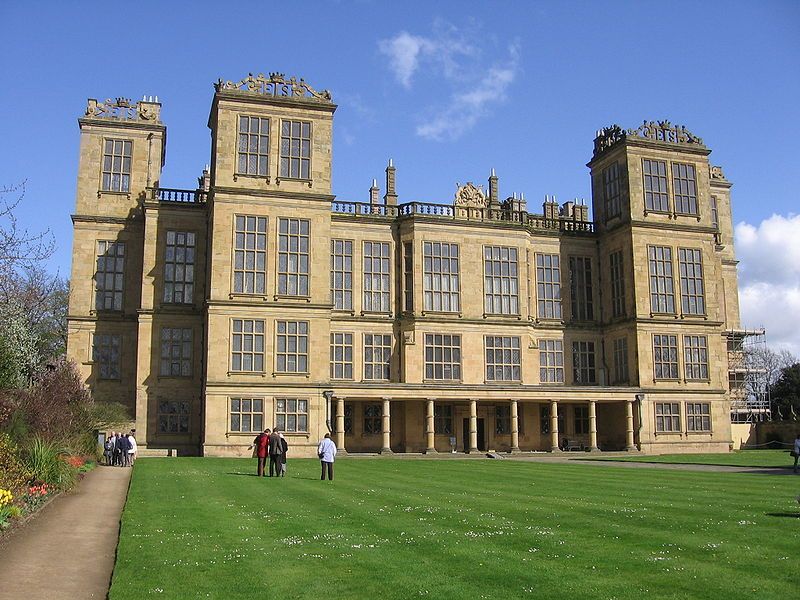 Thanks to a fire that destroyed 80% of the capital's buildings in 1666, London turned from wood to stone. Wooden buildings were simply banned by law. But just as the plague did not lead to a reduction in unsanitary conditions in the Middle Ages, so the fire did not burn out the English passion for open fire. Until the second half of the 20th century, London was a city of fireplaces - in the absence of central heating, it was not only a symbolic hearth, but often the only way to keep warm. Today, there are practically no real fireplaces left. The fire alarms are so finely tuned that even the smoke from grilling a steak drives them into a frenzy. Fireplaces are either simply plugged in, or made of coal and wood, gas and electric. That, however, does not prevent 45,000 fires from occurring annually in London alone.
Thanks to a fire that destroyed 80% of the capital's buildings in 1666, London turned from wood to stone. Wooden buildings were simply banned by law. But just as the plague did not lead to a reduction in unsanitary conditions in the Middle Ages, so the fire did not burn out the English passion for open fire. Until the second half of the 20th century, London was a city of fireplaces - in the absence of central heating, it was not only a symbolic hearth, but often the only way to keep warm. Today, there are practically no real fireplaces left. The fire alarms are so finely tuned that even the smoke from grilling a steak drives them into a frenzy. Fireplaces are either simply plugged in, or made of coal and wood, gas and electric. That, however, does not prevent 45,000 fires from occurring annually in London alone.
Garden
Contrary to popular belief, the most intimate part of English life is not the bedroom or even the house, but the garden behind the house. Even if, due to cramped circumstances, it is clogged with old chairs and other rubbish, it will still contain at least one flower pot. The British passion for gardening is akin to the Japanese. There is no practical reason for the Soviet six acres in it, there is no French and Italian passion for the triumph of smells and colors. The British get the same pleasure from growing championship roses and some kind of shapeless mugs. Moreover, most often this is done not for show, but exclusively for oneself - in the backyard, where not only a stranger, a ray of light does not always fall.
Even if, due to cramped circumstances, it is clogged with old chairs and other rubbish, it will still contain at least one flower pot. The British passion for gardening is akin to the Japanese. There is no practical reason for the Soviet six acres in it, there is no French and Italian passion for the triumph of smells and colors. The British get the same pleasure from growing championship roses and some kind of shapeless mugs. Moreover, most often this is done not for show, but exclusively for oneself - in the backyard, where not only a stranger, a ray of light does not always fall.
Miss Bitton's book
The British equivalent of Elena Molokhovets' Advice to Young Housewives. Written at about the same time - in the sixties of the XIX century. The book, which has gone through dozens of reprints, is not used in modern everyday life, but is kept on the shelf as a tribute to British history. Pretty important: in a sense, Miss Beeton's book on home economics and cooking recipes can be considered a domestic prequel to the suffragist movement.